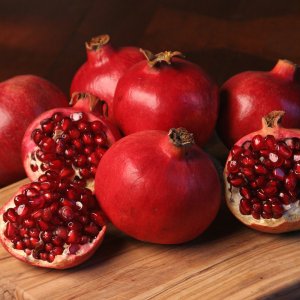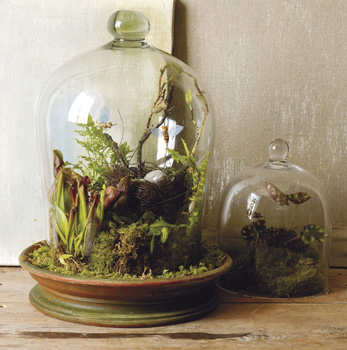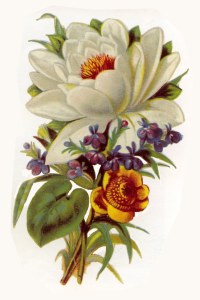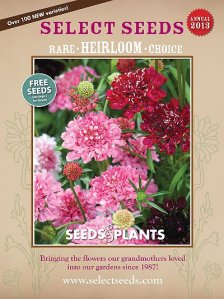What does a gardener do when snow and chilly temperatures making digging impossible and force us indoors?
Feed the Birds!

Make a batch of suet dough and you will be rewarded with a huge variety of birds at your feeders this winter. Fresh, homemade suet dough is soft, crumbly, even in texture and just right for hungry birds to wolf down. High in protein and fat, this concoction is ideal for juncos, song sparrows, Carolina wrens, eastern bluebirds, nuthatches, and downy woodpeckers. They all know a good thing when they taste it and can feed it to their young when other food is scarce.
Peanut Butter Suet Dough Recipe (Bird Pudding)
- 1 cup melted lard or suet
- 1 cup peanut butter
- 2 cups quick oats
- 2 cups yellow cornmeal
- 1 cup all-purpose flour
- 1/3 cup sugar (optional)
Melt lard and peanut butter together on low, take off heat and add remaining Ingredients. Spread on a cookie sheet and allow to cool in the refrigerator until the mixture is just hard enough to cut into pieces. Store in small freezer bags and use as needed.
Terrariums, miniature eco-systems, are decorative, easy to care for, and a wonderful way for children to learn about nature. A closed terrarium can often go weeks between waterings because they recycle their moisture. Slower growing plants such as small ferns, boxwood, pilea, or miniature African violets are suitable for these container gardens. Colorful berries, a smooth stone pathway, small “frogs” and tiny caps of water may be added to the landscape.
Renew a love affair with your indoor plants
 Remember that your watering pattern in the summer is not the same for the winter. In most indoor environments, winter air is far drier than summer air. Using room humidifiers or growing plants above trays of water (gravel beds) may help. In this winter season you could add supplemental light or simply move your plants closer to sunny windows.
Remember that your watering pattern in the summer is not the same for the winter. In most indoor environments, winter air is far drier than summer air. Using room humidifiers or growing plants above trays of water (gravel beds) may help. In this winter season you could add supplemental light or simply move your plants closer to sunny windows.

Purchase Pomegranates!
Have you noticed the pomegranate piles in our markets this winter? Beware. Conquering the technique for breaking and entering the pomegranate was a huge hurdle. (Chefs any hints?) I chopped off the end opposite the stem, peeled back the outer skin and divided the fruit into segments. Use the seeds as a pretty garnish in a salad, or if you are a real “after-dinner gardener,” put about 6 seeds in an 8 inch pot with rich soil, water sparsely, keep in a place away from other plants requiring high humidity, and wait.
“Bring in flowers” by collecting and framing floral botanical prints. By browsing through boxes of prints, engravings and drawings found at antique markets, art galleries and museums, you will discover the beauty of flowers all over again. While re-arranging your garden book collection on the shelves, you may find a photo or print you want to frame and give to a friend.
Order seeds from suppliers and plant catalogs and research new sources for plants. Plan a trip to a local nursery to enjoy the early display of plants. Start seeds indoors to plant outside after the last frost. Real gardeners love to watch seeds grow in a sunny window when the snow falls gently outside.
Make One New Year’s Resolution for 2013
 Think about making one New Year’s Resolution to improve your yard in 2013. There is no denying that successfully dispelling the winter blues is a high priority for gardening enthusiasts. Here are some suggestions: install a water feature; add a pergola or garden arbor; plant shrubs for winter landscape such as the Christmas Holly, winterberry holly, red osier dogwood or bayberry; commit to composting; purchase a rain barrel; plant a tree; become a Master Gardener!
Think about making one New Year’s Resolution to improve your yard in 2013. There is no denying that successfully dispelling the winter blues is a high priority for gardening enthusiasts. Here are some suggestions: install a water feature; add a pergola or garden arbor; plant shrubs for winter landscape such as the Christmas Holly, winterberry holly, red osier dogwood or bayberry; commit to composting; purchase a rain barrel; plant a tree; become a Master Gardener!




